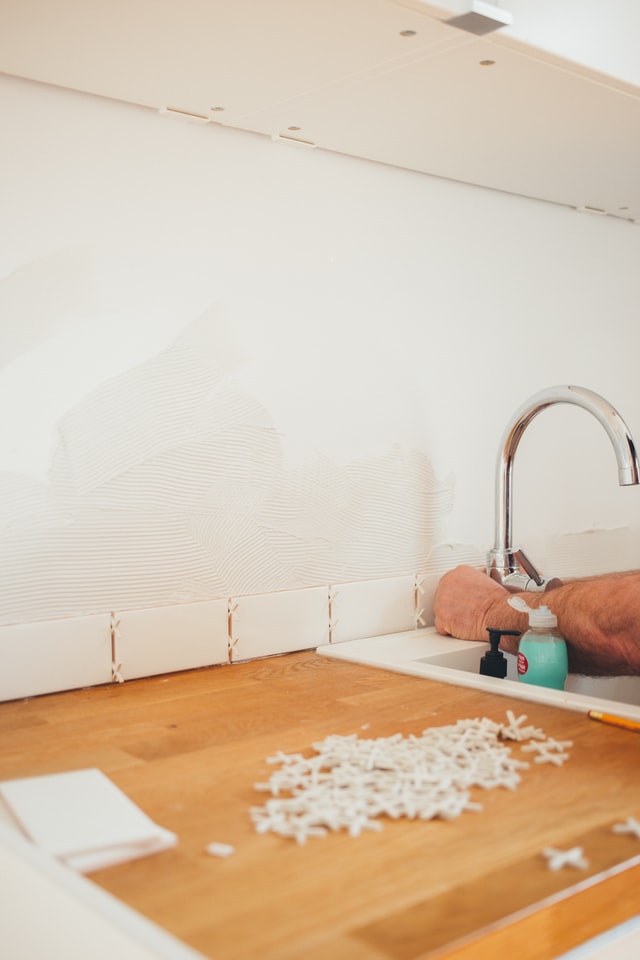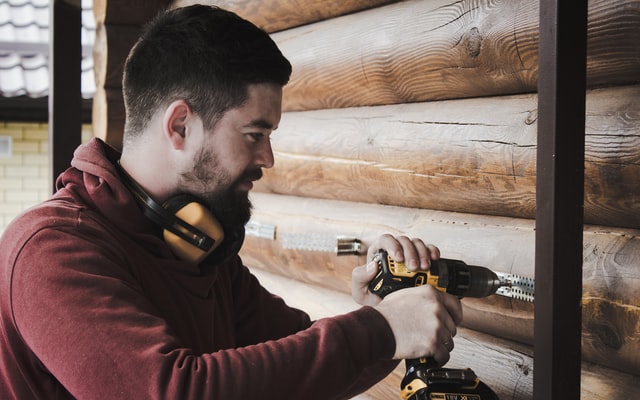Our recovery from the 2020 recession has been described as a K-shaped recovery. Generally speaking, this means that the recovery occurred at starkly different paces for different segments of the population. More specifically for 2020-2021, while wealth decreased for many groups, it actually increased for those who were largely unaffected by the circumstances of the recession — in this case, primarily job losses and lockdowns. Many of those who were able to keep their jobs and continue to work from home during lockdowns enjoyed their reduced daily spending and lower mortgage rates.
This led to a increase in demand across the board, but notably in one sector of the market: vacation homes. Those who were affluent enough to possibly purchase an additional home were encouraged to do so by low mortgage rates and increased savings, and higher-income jobs are actually more likely to be able to be done from home. In California, the trend was first made obvious in October 2020, which saw a 120% increase in second-home demand from the prior year. The trend continued, though, demand for second homes increased 178% between April 2020 and April 2021. Rising prices dampened the effect, but it only slowed when lenders tightened restrictions on mortgages for second homes and lockdowns ceased being much of a factor.
Photo by ConvertKit on Unsplash
More: https://journal.firsttuesday.us/second-home-demand-a-symptom-of-californias-uneven-recovery/79471/



















